Review: Asus PadFone X for AT&T
Jun 8, 2014, 7:00 PM by Eric M. Zeman
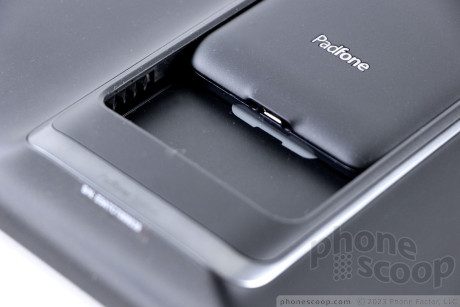
Asus' hybrid Android smartphone-tablet is an interesting device. It tries to be two things at once, but only does one thing really well. Here is Phone Scoop's full report.
Is It Your Type?
The Asus PadFone X is really only for one type of person: He or she who wants to spend as little money as possible to own both a smartphone and a tablet. Otherwise, there's no sense in paying cash for this smartphone-tablet hybrid.
Body
The Asus PadFone X is both a smartphone and a tablet. It consists of a 5-inch smartphone and a separate tablet sleeve into which the smartphone fits. The smartphone can, of course, function perfectly well on its own, but the tablet sleeve cannot. The smartphone has to be docked in the sleeve in order for the tablet to work.
First up, the smartphone itself. The PadFone X offers flagship specs in a mid-range body. It's a large phone, or about the same size as the HTC One or Samsung Galaxy S5. I find it to be rather bland. It is a black slab that's made of plastic and glass. The front face is glossy and is framed by a gray rim. This rim angles down to form half of the side edges and has a brushed-metal look to it. The rim eventually meets the battery cover, which wraps around the entire back of the phone.
When viewed from the top or bottom, the PadFone X has a trapezoidal shape to it. Since the screen measures 5 inches, the smartphone is rather big. It doesn't help that the bezels above, below, and around the screen are somewhat thick. The front-to-back dimensions of the device are fairly chunky by today's standards. It will fit into a pocket almost as well as any other 5-inch smartphone will, though I noticed its presence in my pocket more readily than with other devices with a slimmer profile.
The build quality is decent, but the materials are not the finest available. The PadFone X is solid, but not too heavy. It's put together well: Seams are tight, the materials don't flex, and it feels strong. The quality doesn't match that of other leading devices — not even close — but it's not supposed to. Asus traditionally competes on price, not design.
Controls are kept to a minimum. The screen lock button and volume toggle are together on the right side of the phone. The profile of the screen lock button is rather slim, which makes it hard to find and use. Travel and feedback aren't all that good. The button requires a lot of effort to press. The volume toggle has a slightly better profile and slightly better feel to it, but not by much. Both buttons need to be better, especially considering they are the only ones. There are no control buttons on the front, as the PadFone X uses Android's on-screen button option. The microUSB port and docking pins are on the bottom, and the headphone jack is on top.
The back cover has a soft-touch finish to it, but is otherwise plain and simple. Pulling the cover off is extremely difficult and requires strong fingernails. You have to remove the back in order to access the SIM and memory card slots, which are built into the side of the phone.
Now for the tablet sleeve, which is officially called the PadFone Station. The Station is about the same size and shape as an Apple iPad Air, though it is much thicker and heavier. The Station alone weighs about 1.17 pounds. With the PadFone inserted it weighs a wrist-straining 1.47 pounds. At the thinnest point, the Station measures 12mm thick. At the thickest, where the dock for the phone is, it measures 20mm thick. Just for comparison's sake (for size reference only), the iPad Air weighs 1.05 pounds and measures 7.5mm thick.
The PadFone Station is rather unattractive to my eyes. There are stereo speakers on either side of the screen. The Station has a 9-inch display, but it practically gets lost in the sea of bezel that frames it. There's a full inch of black encircling the screen, which really doesn't do much to increase its appeal.
Like the phone, the Station is made of middle-grade materials. The front is all glass and manages to collect fingerprints as if they were going out of style. Most of the back surface is covered with a soft-touch finish similar to the phone itself. The seams are tight, but the whole thing feels … well, it sure doesn't feel like a high-end tablet.
The PadFone itself slides into the back of the Station. The dock could be much more snug. I found that the phone wobbled a bit inside the dock, (no matter how careful I was to press it in firmly.) In fact, I could envision the PadFone popping out of the Station with just the right amount of force. You have to be careful to orient the Station so it's facing up to keep the phone in place.
With the PadFone installed in the Station the combo is far heavier than any similar-sized tablet would be by itself. I've used tablets every day since 2010 and have come to expect them to be a certain size and weight. (For the record, I use an iPad and a Nexus 7 interchangeably, depending on my needs at the time.) Using the PadFone for casual browsing from the couch left me aching for a lighter, less-tiresome device. Worse, because of the bulge created by the actual smartphone dock, the Station doesn't rest firmly in place on a tabletop or other flat surface. This means it wobbles all over the place when you type something. It doesn't balance well on your lap, and I found the bulge difficult to adjust to. It's especially cumbersome when you want to share the tablet or pass it to someone else. You can't just hand it over, you have to make sure you hand it over with the right side up.
On the plus side, the Station has a built-in battery that can charge the smartphone while it's docked. There's a screen lock button along the top edge. It has a great profile, but is very stiff to use. The same is true of the volume toggle, which is on the left edge of the dock. The Station doesn't have its own headset jack. If you want to plug in, you have to use the PadFone itself. Thankfully the headset jack is accessible when the PadFone is docked.
It's important to remind you that the Station doesn't do a darned thing without the PadFone inserted. It's just a battery, cradle, and screen extender.
I really appreciate what Asus is trying to accomplish with the PadFone concept, but I find the combination too bulky and awkward to use. In other words, A for Effort, but D for Execution.
Comments
Thanks for this review
You didn't specifically say so, but it sounds like SD card access is cumbersome at best, if not impossible, while docked. Also, I don't like how wobbly the phone is inside the dock or how wobbly the dock itself is (maybe they should have included a kickstand) or how the phone can easily slide out if the tablet is held the wrong way. I wouldn't mind the weight and bulk so much if the whole thing was sturdy and cohesive.
It also sounds useless for outdoors use, a setting more naturally acclimated to tablets.
Hopefully ASUS will iron out the problems over the next couple years. Thanks...
(continues)


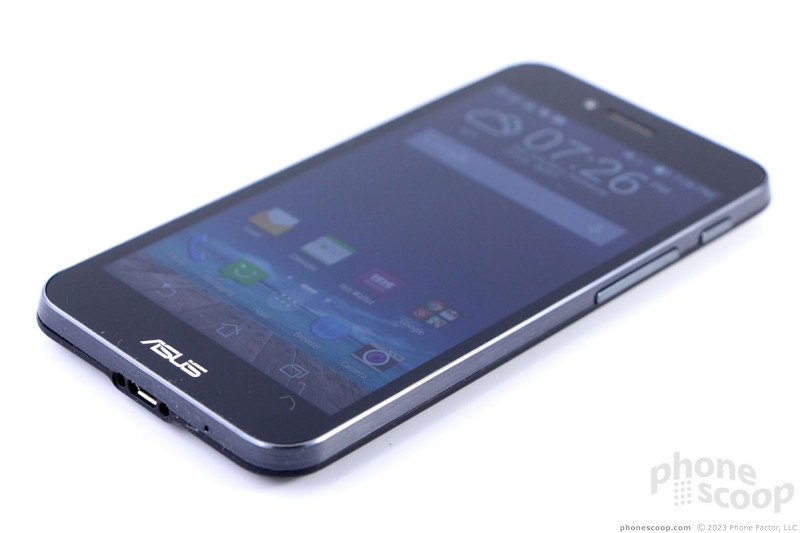













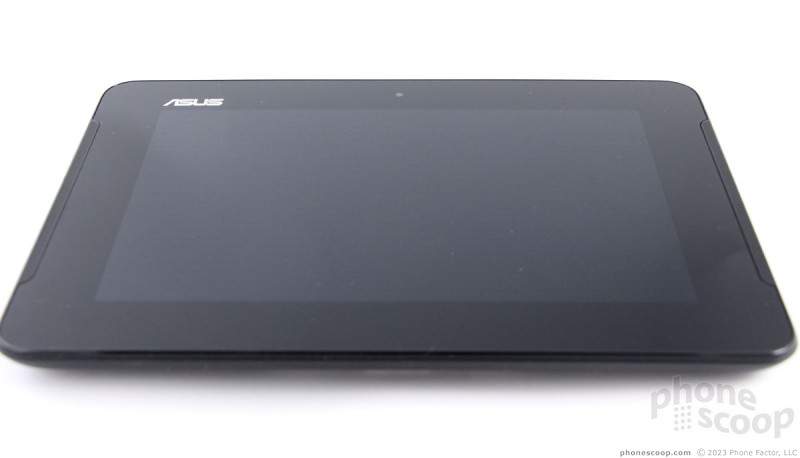


















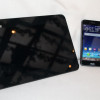 Hands-On: Asus PadFone X
Hands-On: Asus PadFone X
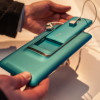 Hands-On: Asus Padfone Mini, PadFone X
Hands-On: Asus Padfone Mini, PadFone X
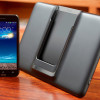 AT&T to Sell Asus PadFone X June 6 for $200
AT&T to Sell Asus PadFone X June 6 for $200
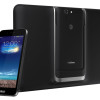 Asus PadFone X to Reach U.S. Consumers Thanks to AT&T
Asus PadFone X to Reach U.S. Consumers Thanks to AT&T
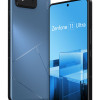 Asus Goes Big with Zenfone 11 Ultra
Asus Goes Big with Zenfone 11 Ultra
 Asus PadFone X
Asus PadFone X




